The thyroid hormones triiodothyronine (T3) and thyroxine (T4) are secreted into the bloodstream by the thyroid gland and play a vital role in regulating the body's metabolic rate, influencing the cardiovascular system, growth and bone metabolism, and are important for normal development of gonadal functions and nervous system[1]. T3 circulates in the bloodstream as an equilibrium mixture of free and serum bound hormone. Free T3 (fT3) is the unbound and biologically active form, which represents only 0.2-0.4% of the total T3[2-3]. The determination of free T3 has the advantage of being independent of changes in the concentrations and binding properties of the binding proteins; additional determination of a binding parameter (T - uptake, TBG) is therefore unnecessary. Therefore free T3 is a useful tool in clinical routine diagnostics for the assessment of the thyroid status. Free T3 measurements support the differential diagnosis of thyroid disorders, are needed to distinguish different forms of hyperthyroidism, and to identify patients with T3 thyrotoxicosis[4-5].
Product Specification
|
Specimen Types |
Serum |
|
Specimen Capacity |
40μL |
|
Reaction Time |
15 min |
|
Sample Capacity |
80μL |
|
Detection Range |
0.4~50pmol/L |
Advantages
Independent packaging to solve the problem of validity after opening
Simple operation and fast response
Clinical significance
✔ to help evaluate thyroid gland function;
✔ to help diagnose thyroid disease;
✔ to monitor effectiveness of thyroid treatment;
Intent use
Outpatient department, emergency department, endocrinology department, obstetrics and gynecology department, physical examination center
Reference
1. Kronenberg HM, Melmed S, Polonsky KS, et al. Williams Textbook of Endocrinology. Saunders Elsevier, Philadelphia, 12th edition, 2011, chapter 10, p. 301-311.
2. Robbins J, Rall JE. The interaction of thyroid hormones and protein in biological fluids. Recent Prog Horm Res 1957;13:161-208.
3. Oppenheimer JH. Role of plasma proteins in the binding, distribution and metabolism of the thyroid hormones. N Engl J Med 1968;278(21):1153-1162.
4. Wu AHB. Tietz Clinical Guide To Laboratory Tests. Saunders Elsevier, Philadelphia, 4th edition, 2006, section II, p. 1076-1077.
5. Brent GA. Thyroid Function Testing. Springer, Berlin, 1st edition, 2010, chapter 5, p. 86-88.


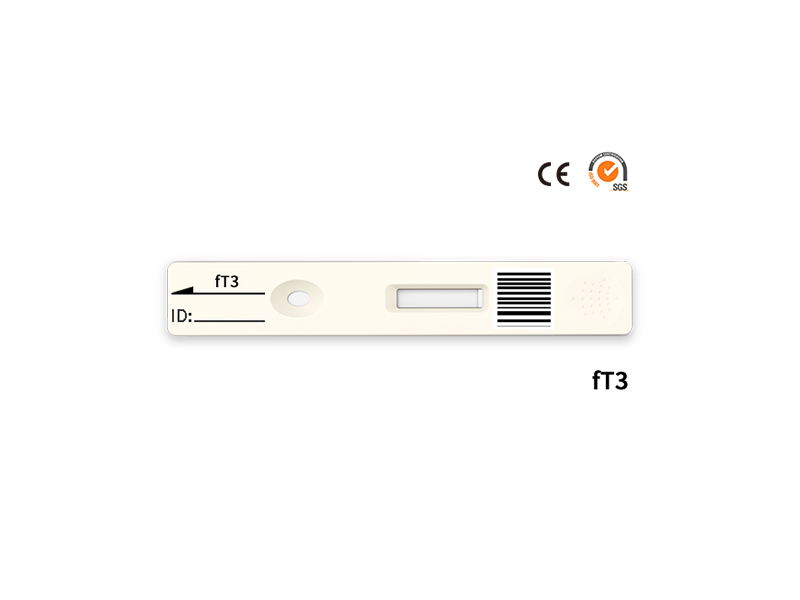
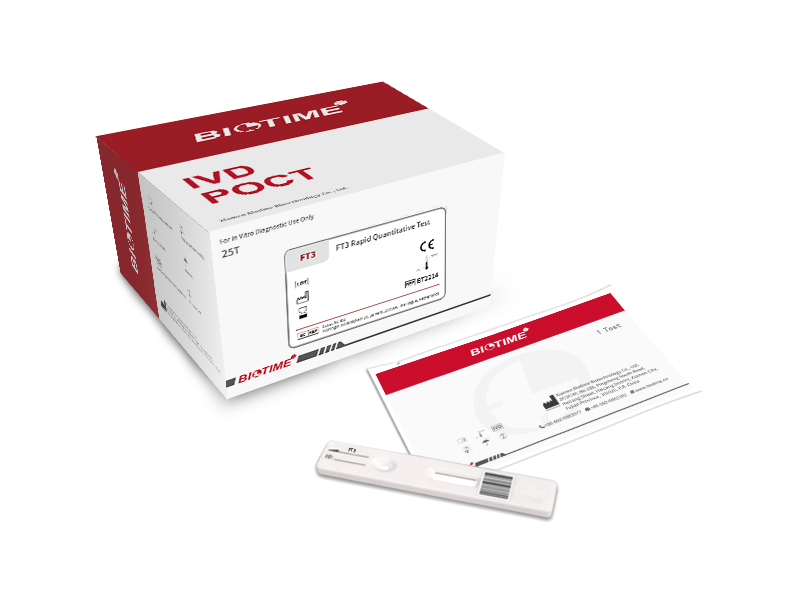
 General supplier
General supplier
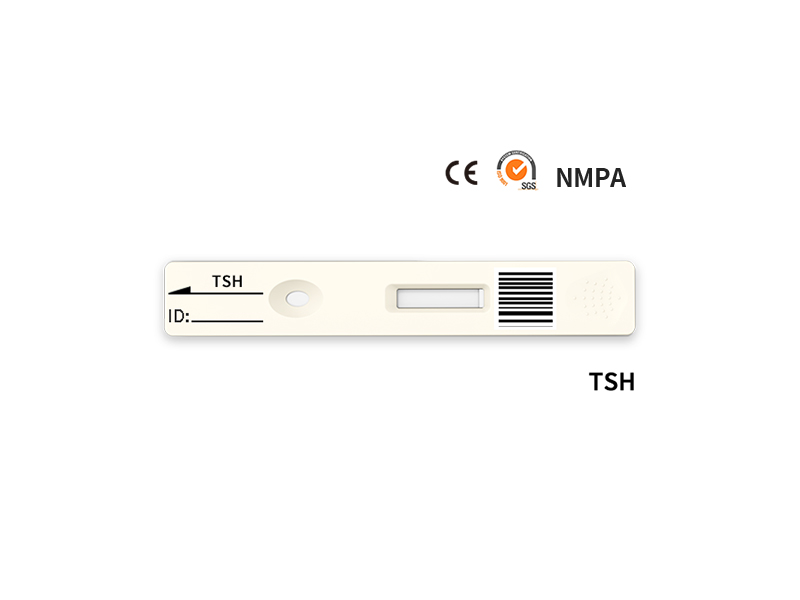
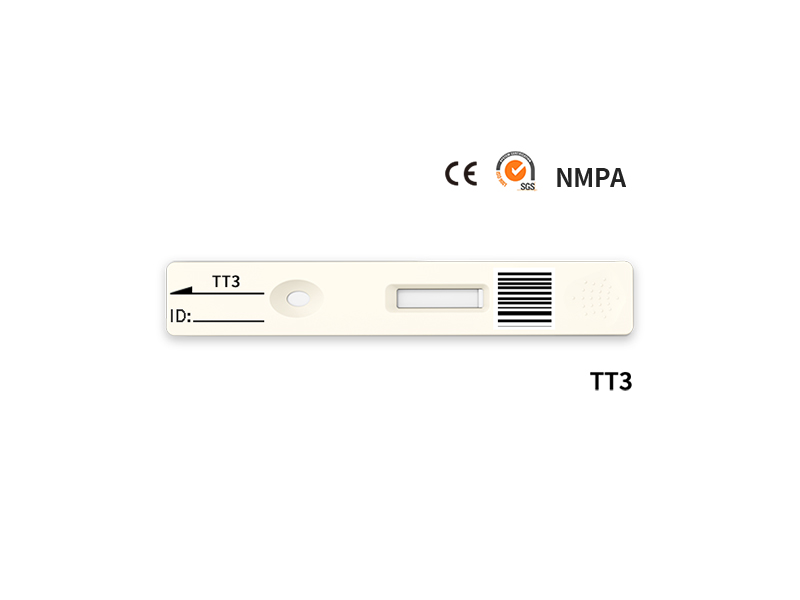
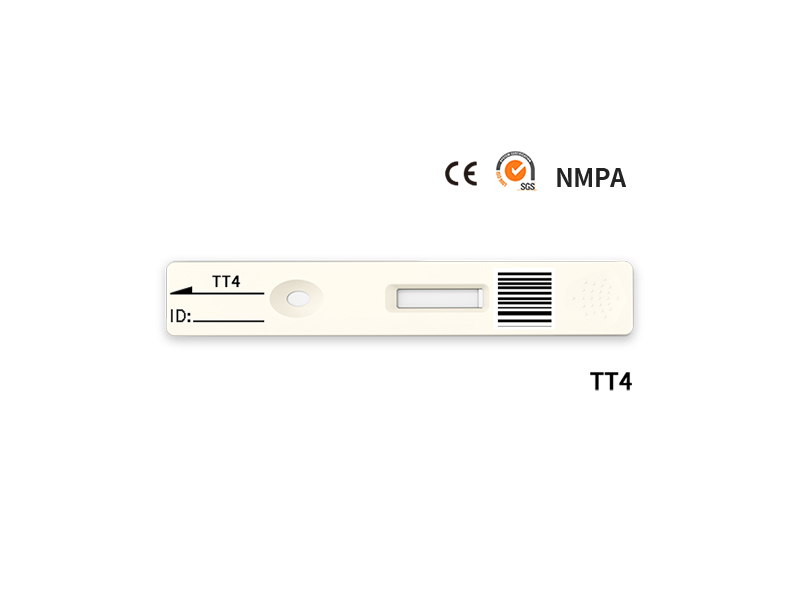
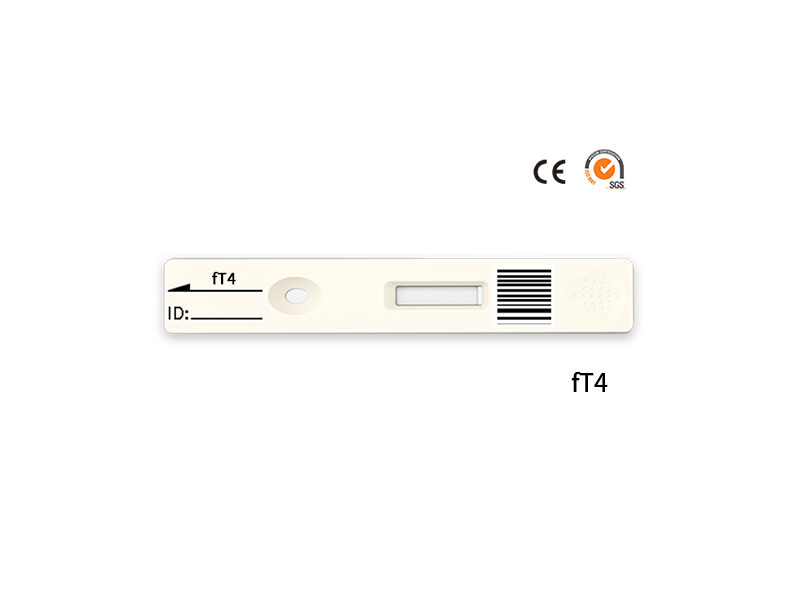



 Facebook
Facebook  Twitter
Twitter  Linkedin
Linkedin  YouTube
YouTube  Blogger
Blogger  Instagram
Instagram 
















